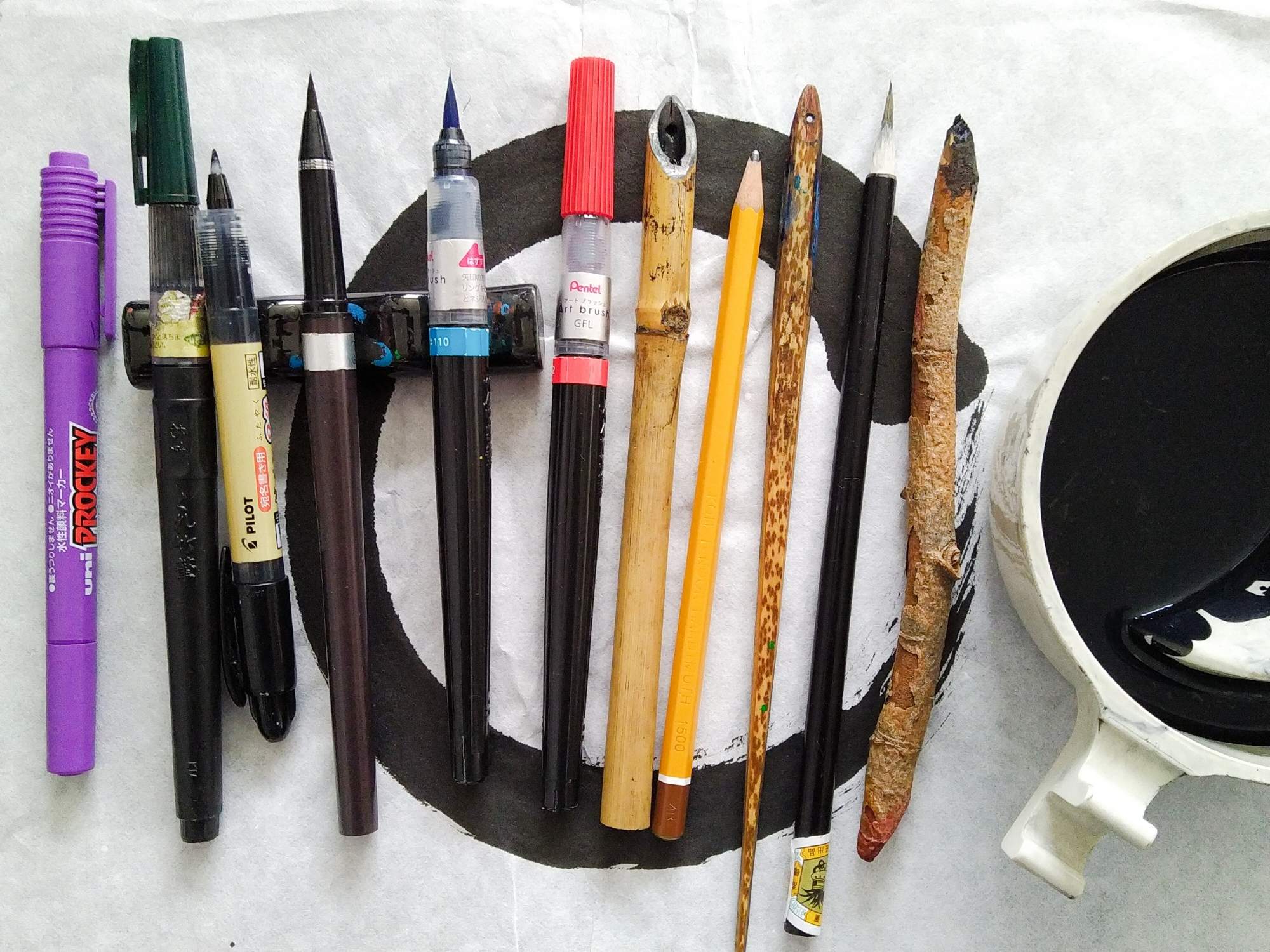notes from the drifting spaces
Blair’s art notes…

Blair’s art notes…



After watching his most famous movie a good while ago ‘The Cook, The Thief, His Wife and Her Lover’ (1989) I was interested to see what his other films were […]

roast chicken and arran brie still sea signpost east route supply structures winding ascent moving quickly fresh burn water not a soul or bird in sight through the rockline getting […]

Found this Calmac staff member supervising the ferry traffic as we drove aboard at Brodick… I stupidly thought these sheep were actually grazing on the Corrie harbour pier, however we […]

In July the Glasgow Zen Group had their summer retreat down at Kilmory in the south of Arran. It was great to have a longer sustained period of Zazen meditation […]

The studio has materials all over the place just now as I have been preparing various bits and pieces for work outside. The weather is pretty good and it is […]

It has been a hot and somewhat lacking in energy tournament but Ozeki level Harumafuji and Yokozuna (top rank) Hakuhou are keeping things lively by running equal with all wins […]

I began the day with some cycling and walking, and after being silently passed by a long old fashioned canal boat skippered by a man or a collie ( couldn’t […]

These were initial line drawing sketches and ideas for continuing this year’s series of ever expanding outdoor works, which seem to have a momentum of their own! I don’t always […]